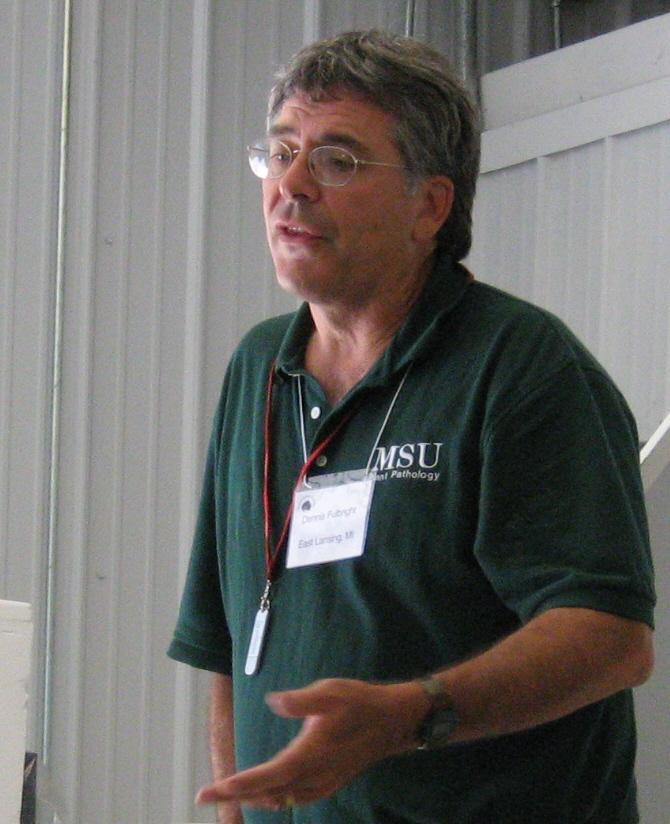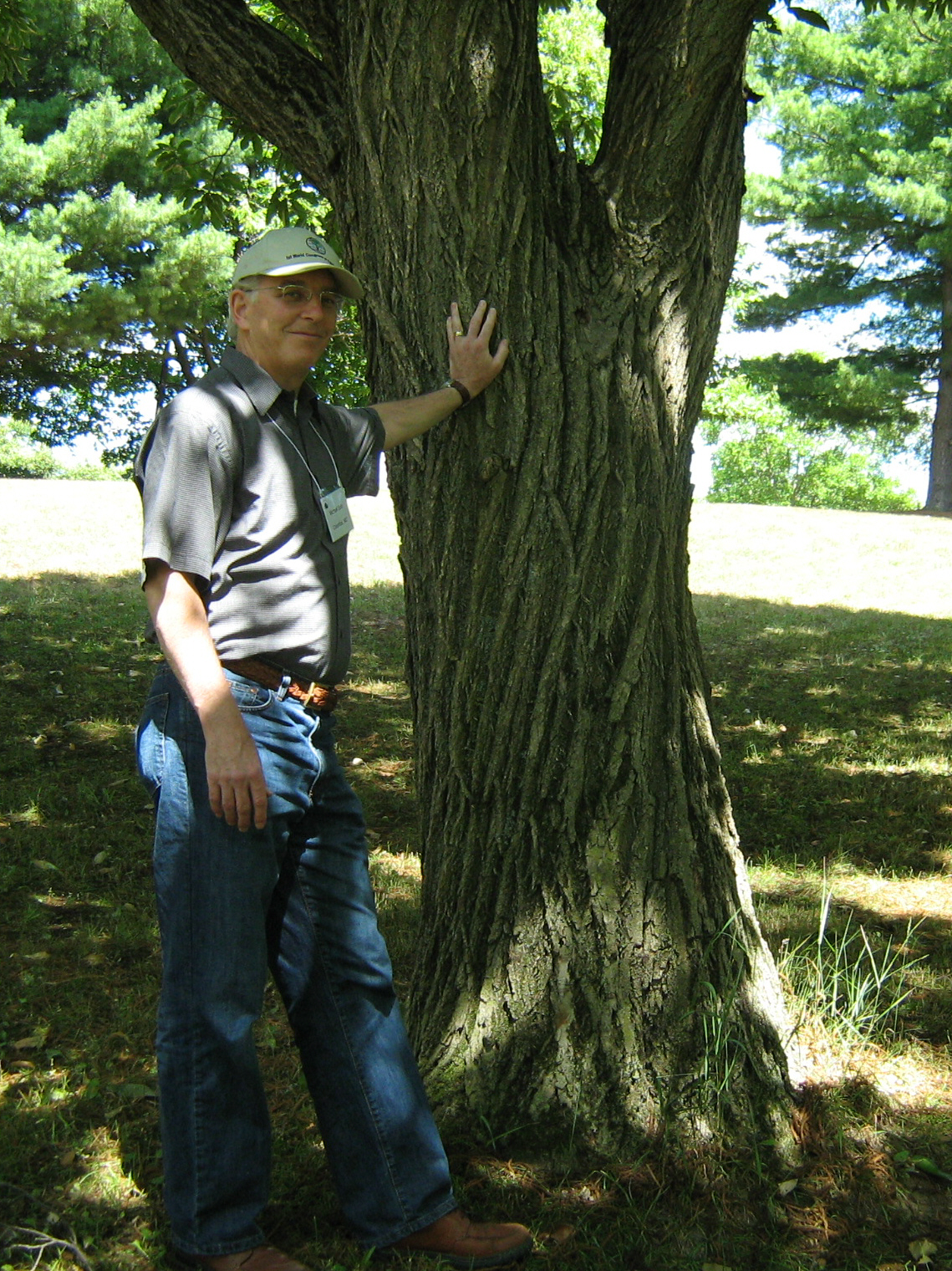 |
||||||
|
|
||||||
|
Chestnut Research Chestnuts have been grown
commercially for hundreds of years in Europe and Asia. Here in the
North America and specifically in the United States of America, commercial
chestnut production is in its early stages of development. The theme
growers constantly hear is "your a pioneer", and "the commercial
chestnut industry had still has a lot of unknowns and areas where there
are no answers". Yes, commercial chestnut production in the USA is a
pioneering endeavor. The difference between a pioneering endeavor and
a well refined endeavor is a wide knowledge base.
For chestnut growers in the northern part of the Midwest states there are
several scientists working with local growers to help them develop a
chestnut industry in the United States of America. Dr. Fulbright from the
Michigan State University's Department of Plant Pathology has been and continues
to be instrumental. Dr. Fullbright aided the Michigan growers in obtaining
a grant for the purchase of a chestnut shelling processor from Italy. Dr.
Fulbright has written an excellent article
"Growing Chestnuts for
Commercial Markets in Michigan and other Midwest States: A Poineer Industry".
|
|
Contact Information: Farm Location: 6160 Everson Goshen Rd Everson, WA 98247 Ph: (360) 592-3397 Email: chestnuts.wa@gmail.com Business Offices: Washington Chestnut Company 6160 Everson Goshen Rd. Everson, WA 98247 Ph: (360) 592-3397  Dr. Dennis Fulbright of Michigan State Unversity presenting information about using an automated peeler to remove the shells from chestnuts.  Dr. Mike Gold of Missouri State Unversity |
||||
| © 2006 - 2016 Washington Chestnut Company All Rights Reserved. | ||||||